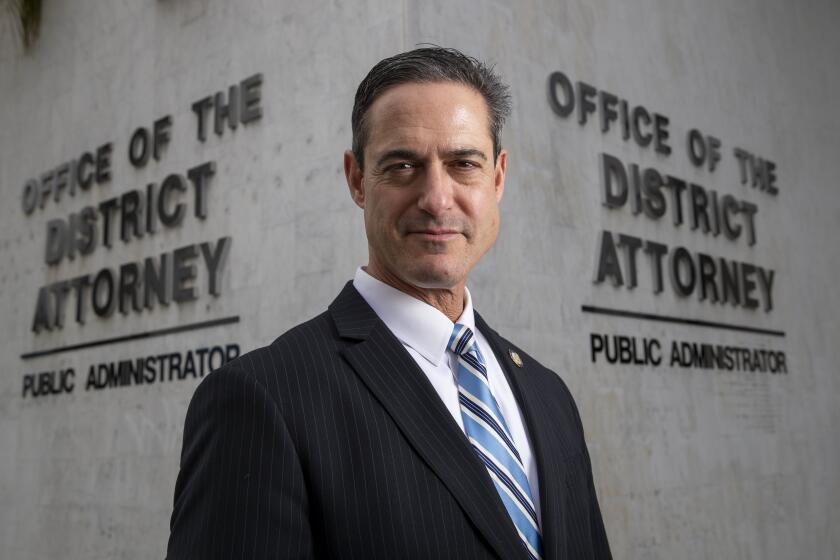CITY FOCUS:Shea will wait some more
- Share via
The long-planned Parkside Estates development next to the Bolsa Chica Wetlands will have to wait at least another month to seek approval. The California Coastal Commission has put off a vote on the plan in order to study new allegations by its opponents.
Commissioners told staff at the meeting last week in San Pedro to study claims by members of the Bolsa Chica Land Trust that developer Shea Properties had illegally filled in wetlands on the property.
At the hearing, environmentalist Jan Vandersloot of the Bolsa Chica Land Trust showed photos of what he said were special tractors built for wetlands, filling in the disputed area as water pooled around them.
“You can’t let developers get away with this,” he said.
Shea employees and supporters of the project called it a frustrating setback for the proposed 170-home development, as well as a blow to flood-control measures the company has promised to build with it. Opponents called it a victory for conservation of endangered habitat.
Shea spokesman Laer Pearce called the vote disappointing, but said the developer was determined to get a plan approved. He called it an important safety issue for the communities nearby.
“This [delay] exposes over 7,000 homes and businesses to one more storm season without flood protection,” he said. “If we have another El Niño year or even a routine year, people have a very high risk of being flooded because of what those opponents did.”
Though staff had recommended commissioners deny the proposal unless environmentally sensitive areas were given more of a buffer zone, land trust executive director Flossie Horgan said the delay was still a win.
“We wanted the project denied as submitted,” Horgan said. “But I have to tell you I think it was a great victory for the Coastal Act. Obviously the commission agreed that there were way too many unresolved issues.”
Pearce also took issue with the format of the meeting, which allowed members of the public to donate their time to others. Opponents had received enough donated time to make detailed PowerPoint presentations.
“We could have refuted them in a fair hearing,” Pearce said. “It wasn’t a fair hearing. The opposition was given 54 minutes of organized time to put together their case, and we got only about 20 minutes.”
The land has been used as farmland for the last decade, making it harder to determine the area’s natural state, Coastal Commission staff said.
The commission’s executive director Peter Douglas told commissioners that it was hard to prove or disprove the full extent of wetlands, calling the already-identified spots “a minimum of the protected area.”
“Even with that evidence [provided by opponents], it’s not clear to us we could prove there were wetlands there before,” he said. “But the evidence relating to the historic illegal fill was substantial. That creates a dilemma for us.”
The commission is scheduled to reconsider the issue in July at a meeting in San Luis Obispo.
All the latest on Orange County from Orange County.
Get our free TimesOC newsletter.
You may occasionally receive promotional content from the Daily Pilot.









